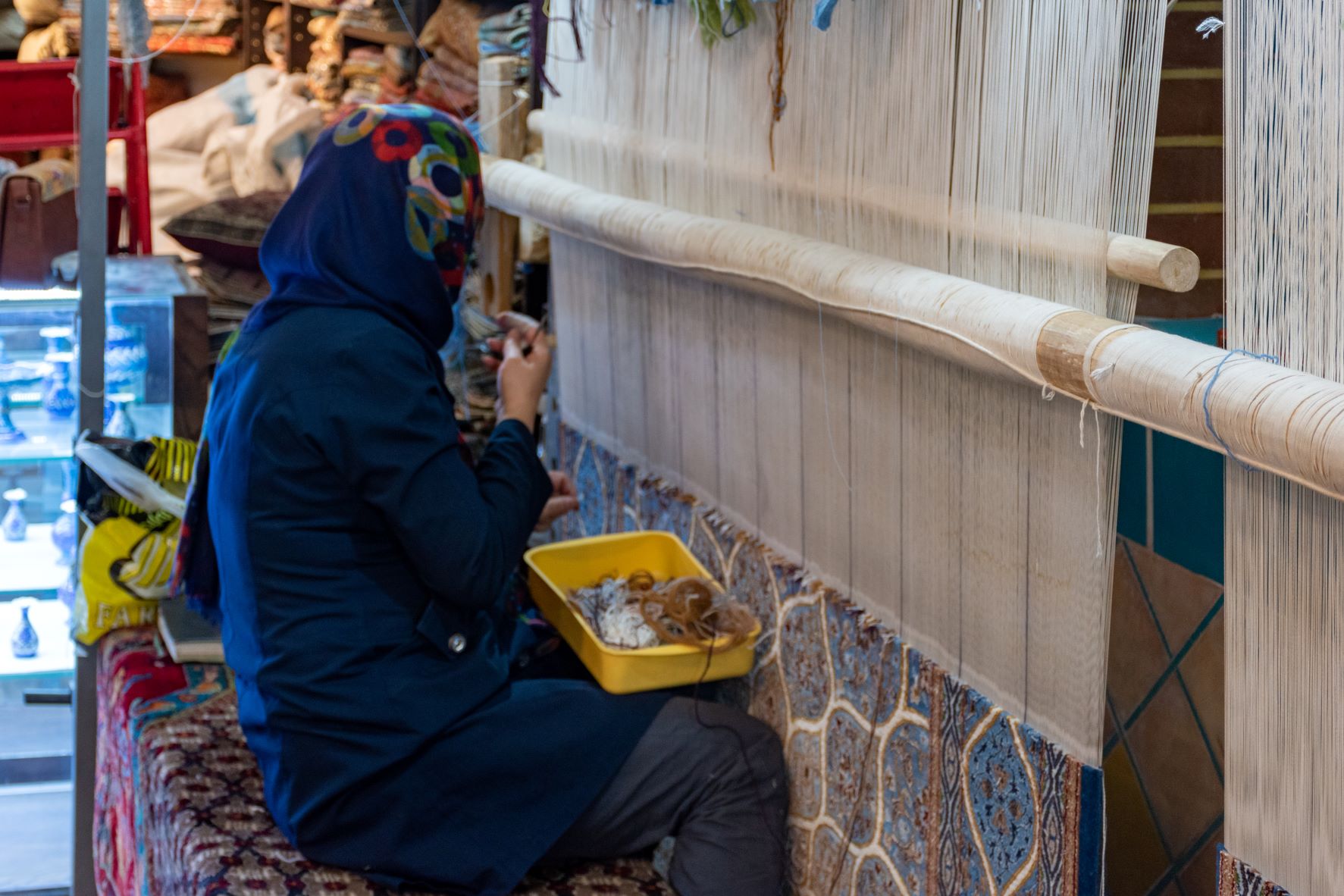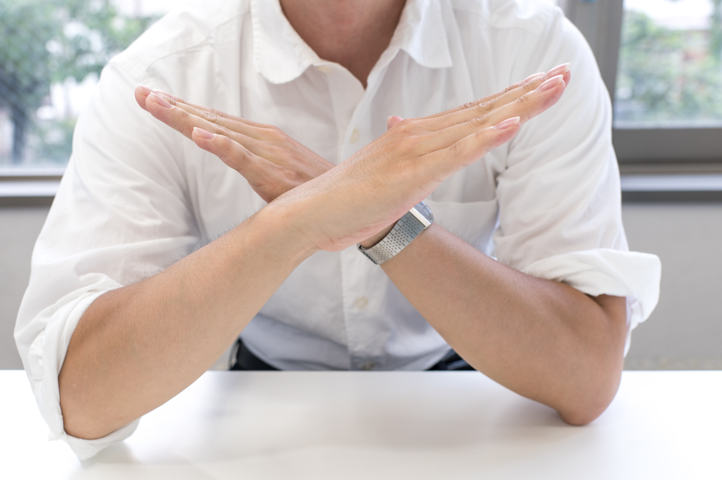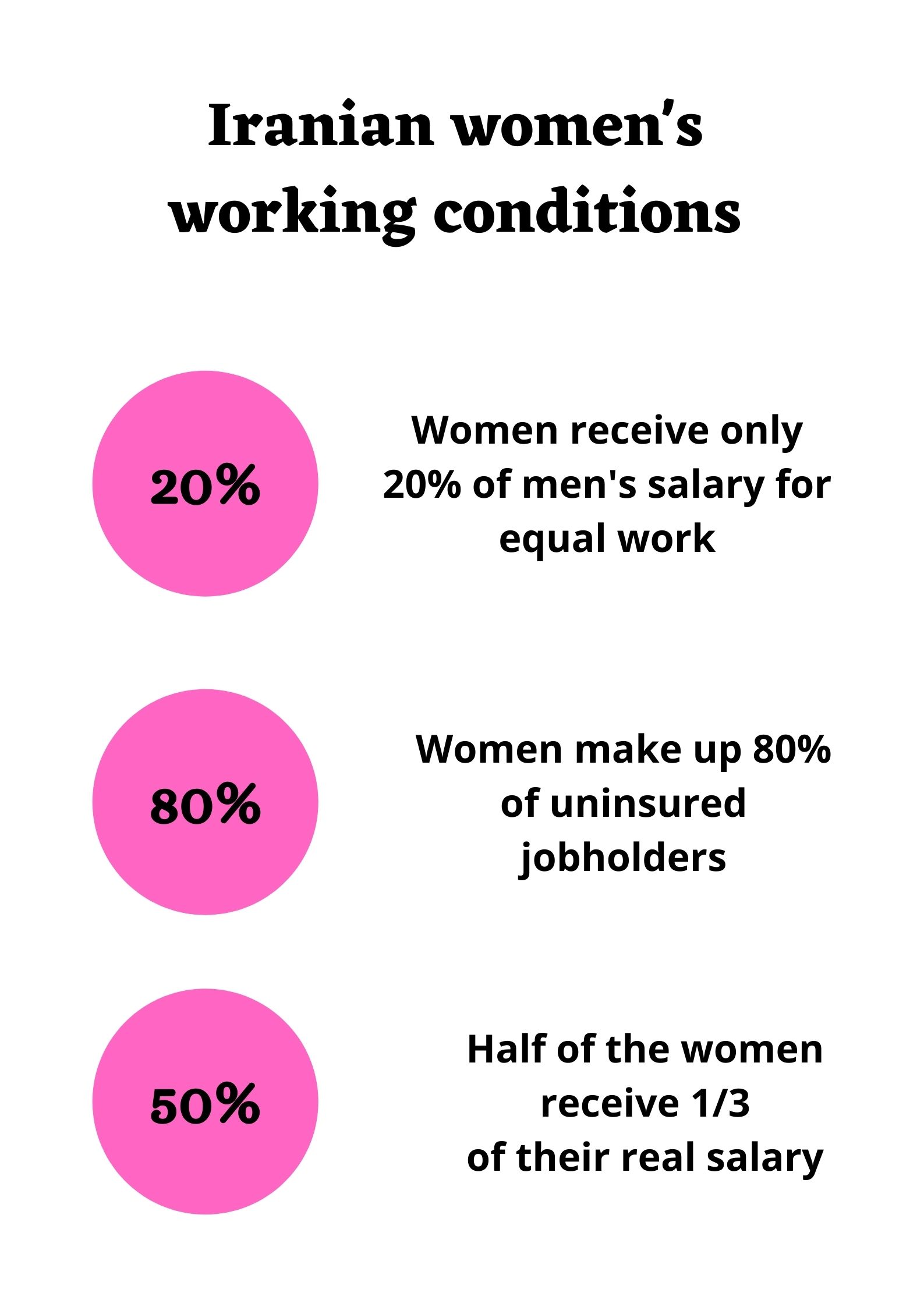
“Gender Equality” is the topic of this unit.
■Learn the vocabulary and expressions related to gender equality
■Get to know and share your thoughts on the countries facing gender inequality issues
■Give a presentation about gender equality







| 1. | According to the passage, what does the MICS data show? |
| It shows that ____________. |


| 2. | Did you do your research on the sub-textbook? Did you find an activity to solve the education issue? Please tell me what the organization/association does and how you feel about it. |




In the next part, we are going to learn about “Gender Equality”.

| 1. | Where is Iran? A, B or C? |
| The answer is _________. |



| 2. | What can you see in the pictures? Please describe as many as you can from each picture. |
 |
 |
| Answer: |






|
inheritance 相続、遺産
In some countries, girls are not given the right of inheritance.
|

|
judicial 司法の
Judicial decisions are needed for the law to take effect.
|

|
permission 許可、許し
The women were not granted permission to take over the tasks.
|

|
restrict 制限する
Women in some countries are restricted from driving.
|




| 1. | The system involved _______________ by the second son instead of the eldest daughter. |
| 2. | The ___________ system should ensure equal access to justice for all genders. |
| 3. | She was not granted the _______________ to take a leave from work. |
| 4. | Laws that ____________ women’s rights can harm progress towards gender equality. |




Then, let’s move on to the next part.

Data shows that 49 countries still lack laws protecting women from domestic violence, whereas 39 nations prevent daughters from having an equal inheritance compared to sons. In 87 countries, 1 out of 5 women and girls under the age of 50 experienced physical and sexual violence by their partners within the last 12 months. Harmful practices like child marriage steal the childhoods of 15 million girls under the age of 18 every year.
Women do 2.6 times more unpaid care and domestic work than men, which leads to lower earnings and less time for non-work activities.


| 1. | What will happen if women do more unpaid work than men? |
| Answer: |

By law, girls as young as 13 can marry. Not only that, but younger girls can also legally marry with judicial and paternal consent. Based on official government data, over 16,000 girls aged between 10 and 14 have married in half a year.

Although there has been some progress in education and citizenship rights, Iranian women are still discriminated against in other areas like marriage, divorce, employment, and culture. Iranian women are either restricted or need permission from their husbands or guardians.
More security measures against violence must be taken to protect women and children.


| 2. | In which sectors have there been progress? |
| Answer: |






| In Japan, some people still have the idea that men work outside and women do housework and childcare at home. In your family, who usually does the housework? |
| Answer: |


| Are there any roles that depend on the gender in your family? What do you think about it? |
| 1. | |
| 2. |


| Opening | Good morning/ afternoon/ evening. Today, I’d like to talk about (theme). I’ll pick up two things today. |
| Body |
① (first example and additional details) ② (second example and additional details) |
Closing | These are some examples of gender inequality in my family. Thank you for listening. |

| Opening | Good morning/ afternoon/ evening. Today, I’d like to talk about (theme). I’ll pick up two things today. |
| Body |
① __________________________________________ ② __________________________________________ |
| Closing | _____________________________________________ |



| Answer: |




